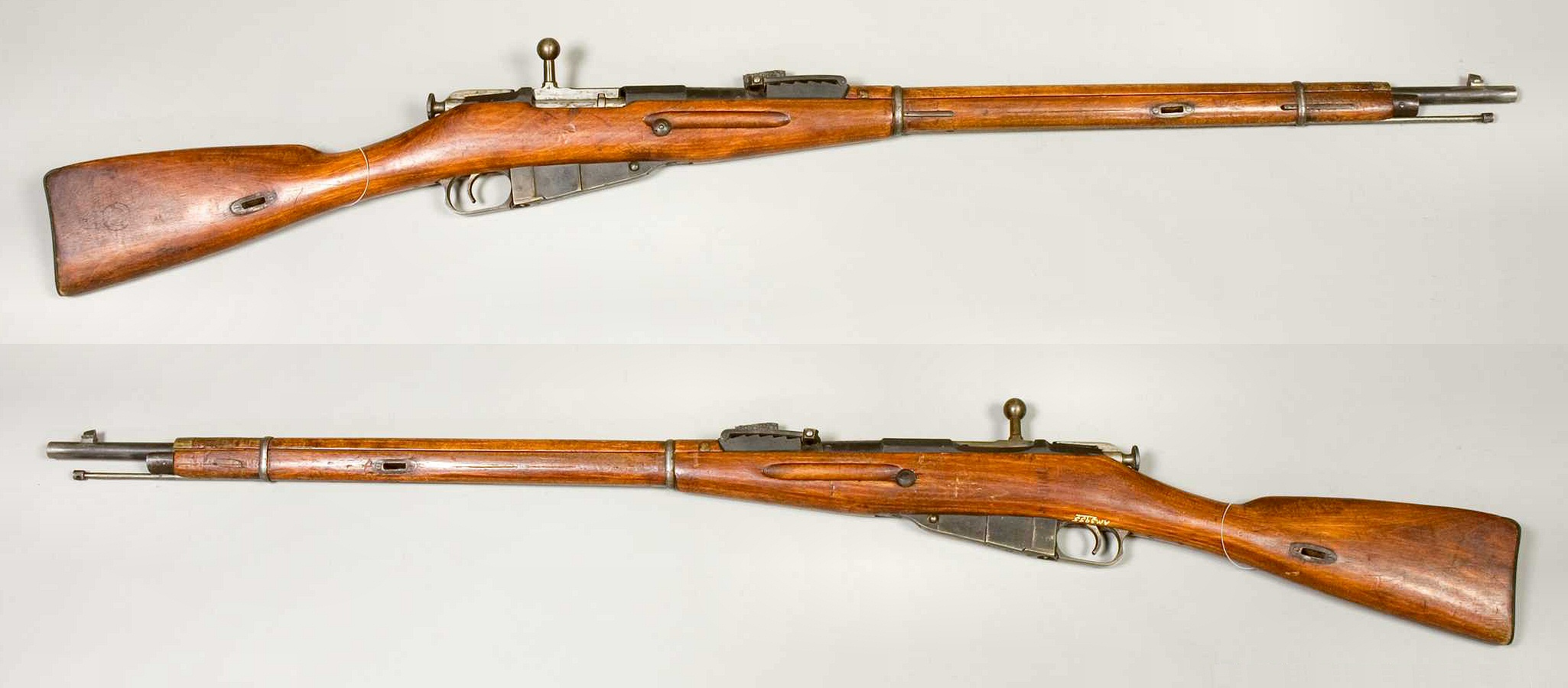In my first two weeks at the Royal Canadian Military Institute, I was introduced to several World War Two era rifles, pistols, submachine guns and assault rifles. As someone who is thrilled with the military history of the Second World War, it was a dream to be getting such a hands-on experience. I realized there is much about guns that most of us don’t know until we get our hands on one.

Figure 1: The RCMI in 2017 (UrbanToronto.ca)
Here are four things I learned while I handled (decommissioned) guns.
1-They are quite heavy. In movies like Saving Private Ryan or hit TV series like Band of Brothers, our hero sprints across an open field, under fire, to vault over some debris and in one fluid motion brings up his M1 Garand to squeeze off two shots into his enemy’s head. It all seems easy. Let me tell you, it is much harder than that. I handled a Mosin-Nagant Soviet bolt-action rifle and it weighs approximately 4 kg.

Figure 2 The Mosin Nagant (Wikipedia)
That may not seem like much, but consider the fact that soldiers also had to carry much heavier equipment in their bags, as well as ammunition, sidearms, flare guns, med packs, and other such items. That made such fluid movement much harder than one might think. It also shows that war has some elements to it that we, as civilians, cannot fully understand. Imagine trying to hold up a rifle under constant fire. It is much harder than we can imagine.
2- Several rifles had their owner’s names scrawled on their shoulder stocks. While this may not seem important, it is thrilling for historians to come across such information. There is often the case that a veteran may pass away and his or her children may not want their war belongings and donate it to museums such as the RCMI. That is how many of the guns at the RCMI were acquired. In other instances, guns are passed along through various channels until they end up at museums. In such cases, the ownership cannot be determined and so finding the owners information makes the historians job much easier. Plus, it is quite cool to come across such writing because it really makes you wonder at how far this gun has come.
3- Gun maintenance is absolutely essential. All guns are a complex piece of machinery. Just like a car, they need to be maintained well. There have been countless incidents where guns have jammed, leading to the unfortunate demise of their owner. At boot camps, soldiers were taught how to clean and maintain their guns or risk facing their premature deaths. As such, several of the guns that are at the RCMI are very well preserved and in good shape. Even at the RCMI, there are conventions for handling guns. The handler must wear gloves to avoid the oil from their skin deteriorating the guns condition.
4- Gun safety is essential. All guns at the RCMI have to be decommissioned and regularly checked by the RCMP. They are decommissioned either by removing the firing pin, or by filling the barrel. There are also other methods. This prevents the gun from being used and ensures that it can still be studied without any danger.
By: Hammad Junejo
Citations
"Canadian Firearms Registry Deactivation Guide." Canadian Firearms Registry. Accessed October 21, 2018. http://www.firearmstraining.ca/deactivation.pdf.
